Water images have a dual nature. On the one hand, they are easy to take – water is always around us. On the other hand, it is hard to notice and capture in water images all the intricate subtleties of water texture, reflections, and details. Waterfalls are nature’s spectacular shows, falling water continues to fascinate people. In this post, FPImages presents ten water abstract images taken at Millet Falls, Nova Scotia. Black and white photos are better suited for this project as color is a distraction in water images. The first water image is a classic example of what water texture may look like. This is a photo of a small forest stream with streaks of seaweed. The print itself has many artifacts similar to the film pictures. However, these are just particles on the surface of the water. This image also captured unusual black and white reflections and shapes that create total abstraction. Remember to look for unusual features and take lots of pictures, they may reveal a really nice water texture later.
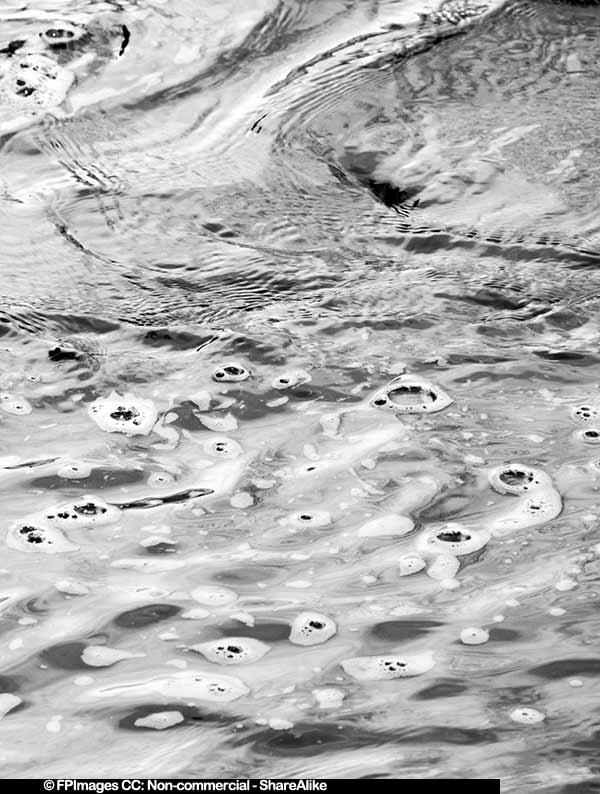
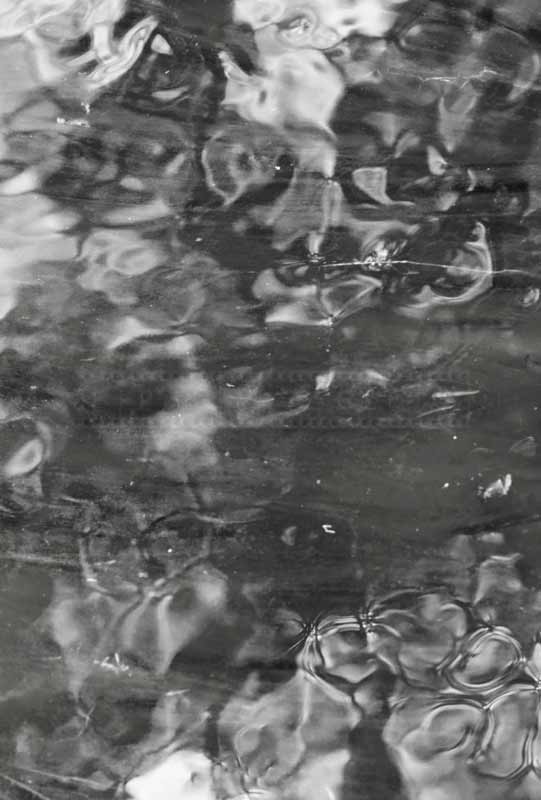
Waterfalls are powerful, especially in the spring in Nova Scotia, when rivers are complete and the current is swift. The power of the falling water has excellent symbolism and contrasts with the steadiness of the rock; the Chinese include waterfall in their concept of yin and yang. Waterfall pictures can make unique abstract art or can be used as desktop backgrounds. Nature photography inevitably has water images; for static water, one can use regular techniques. For moving or falling water, one of the tips is to slow down the shutter speed and let the passage of the water be captured by the camera. This water image will, in fact, become an abstract image with beautiful water texture and lines showing water movement. The slow shutter speed will smooth out all irregularities, and the resulting water image will have a dream-like impression. To achieve the impressionism effect in modern digital abstract art, experiment with shutter speed settings.
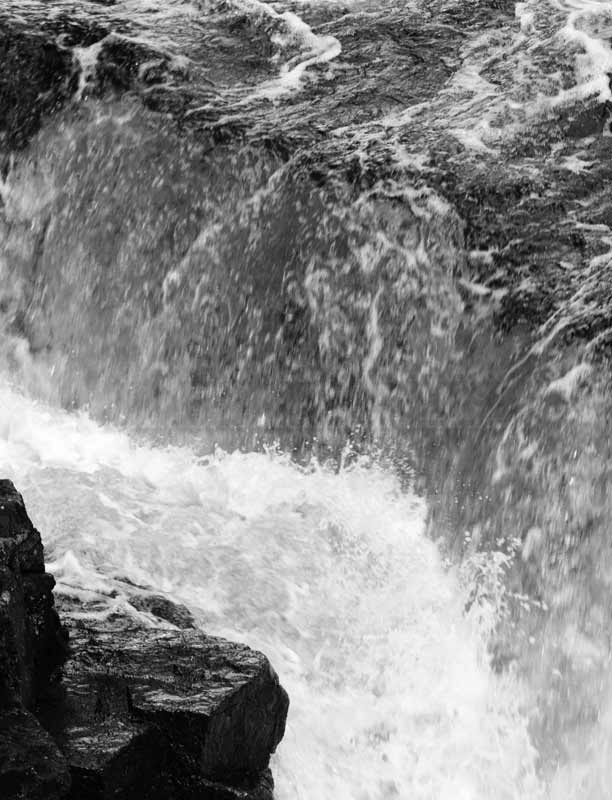
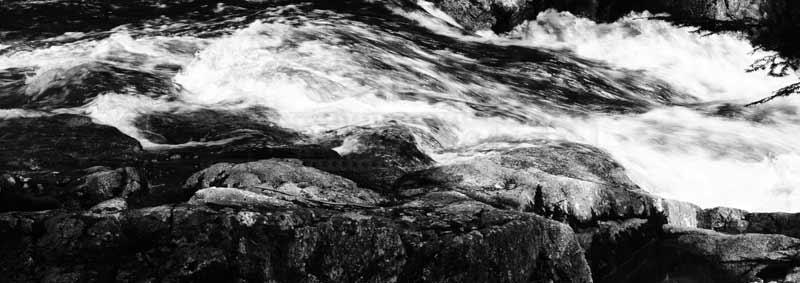
1. Walk around the river, lake or waterfall, get a feel for it and find the best spot.
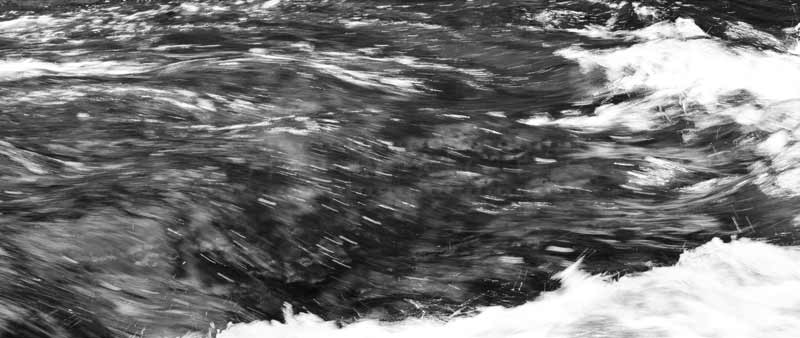
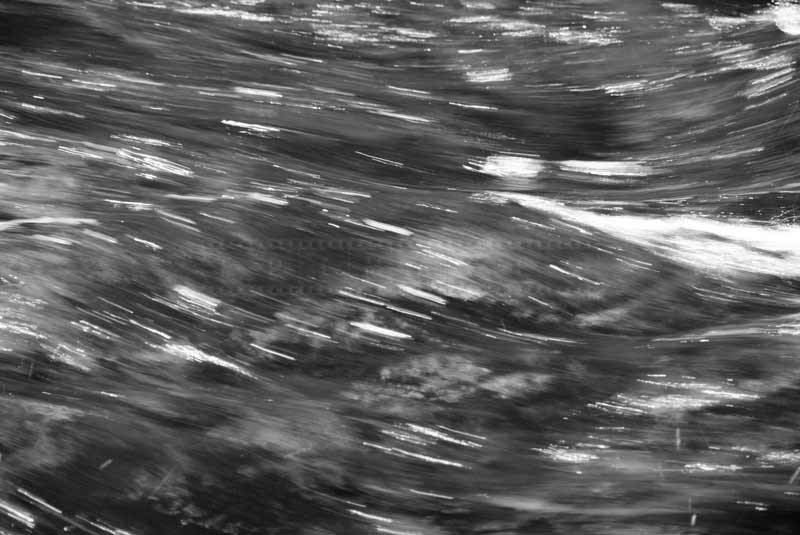
2. Take pictures at sunrise and sunset.
3. Use a zoom lens to capture water texture with a slow shutter speed; use a tripod.
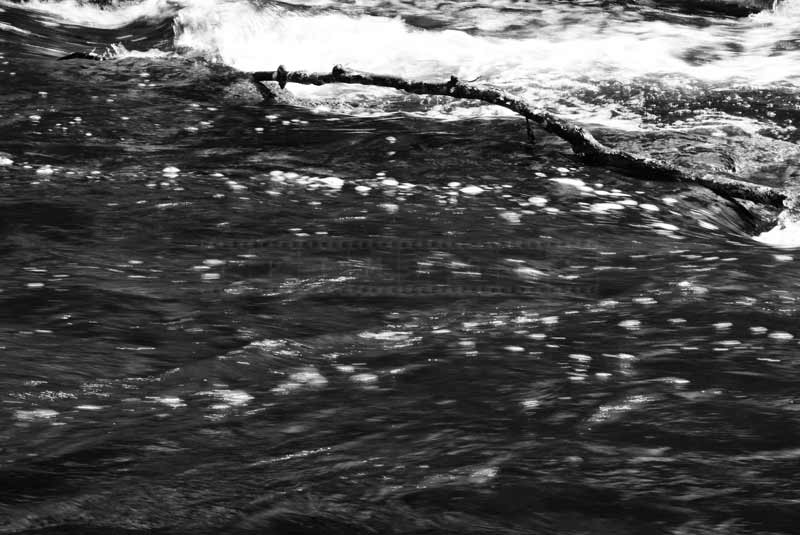
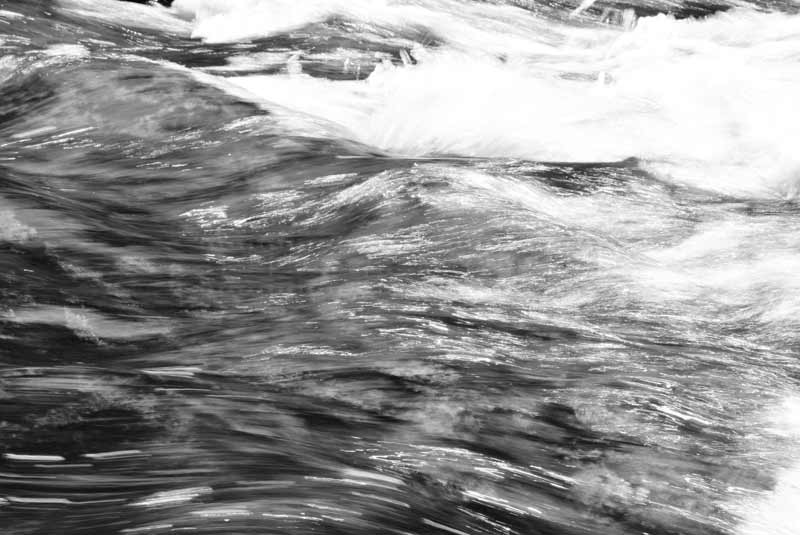
4. Look for patterns and rhythms, shapes, and reflections; remember to experiment with black and white photos.
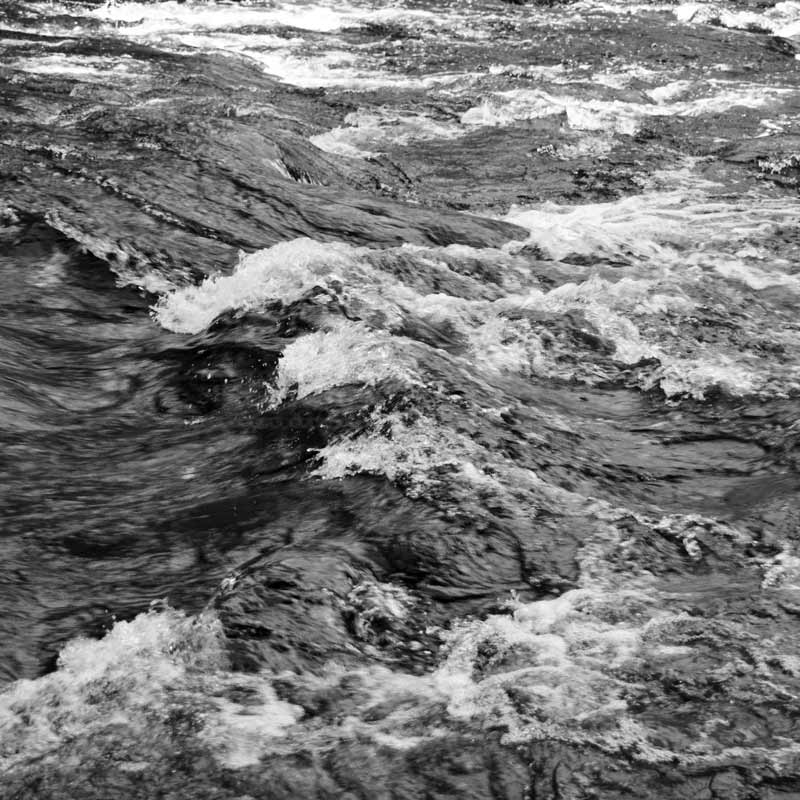
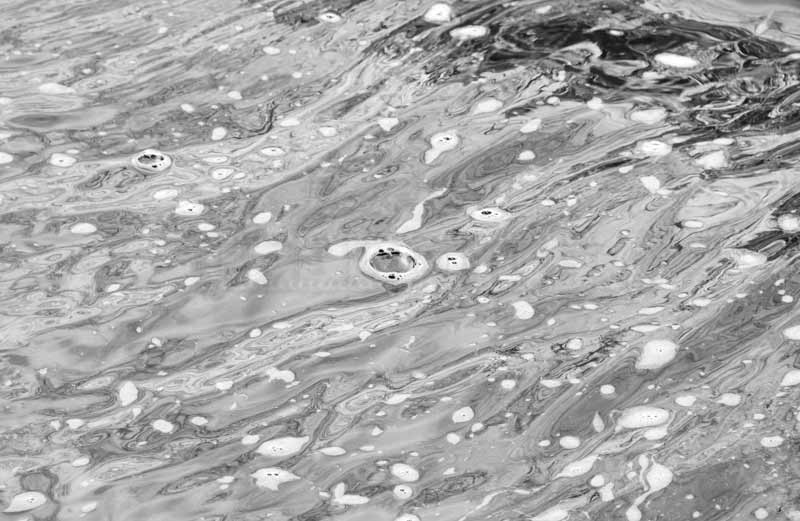
17.10.2023 by FPImages
ADVERTISEMENT